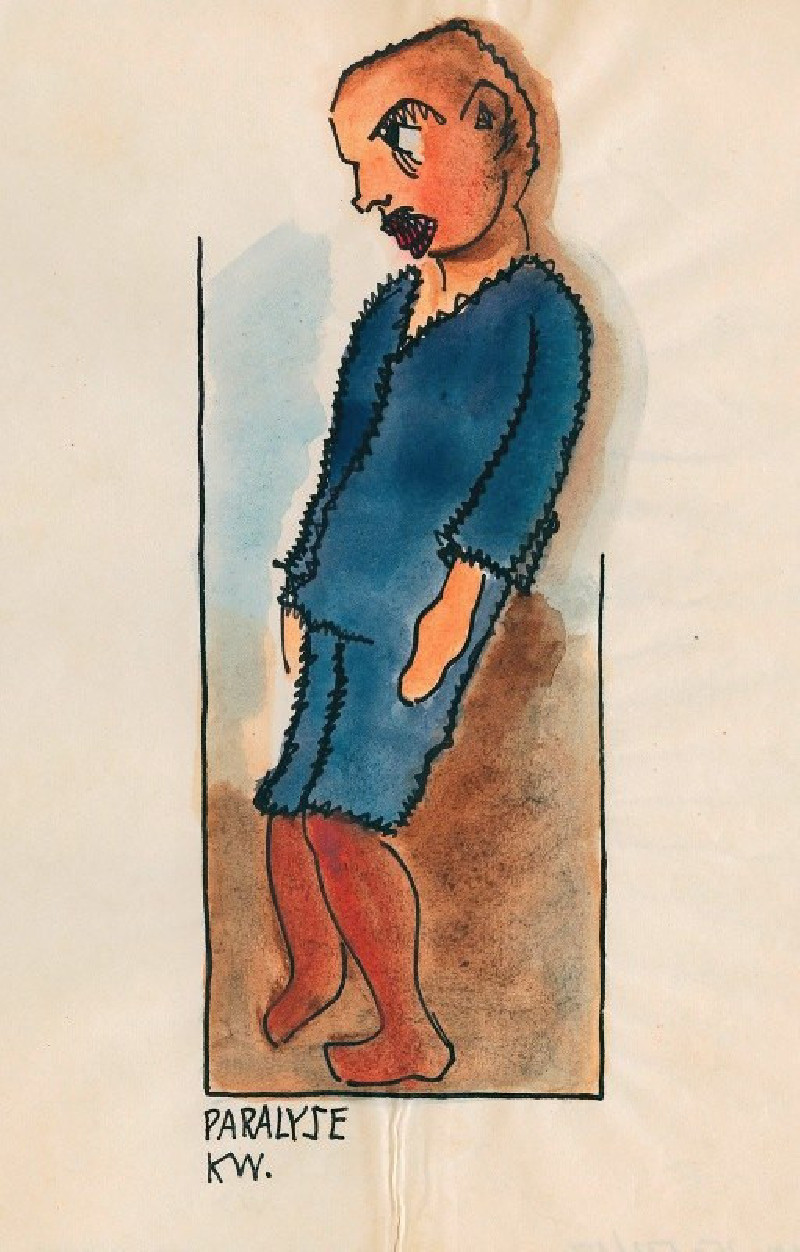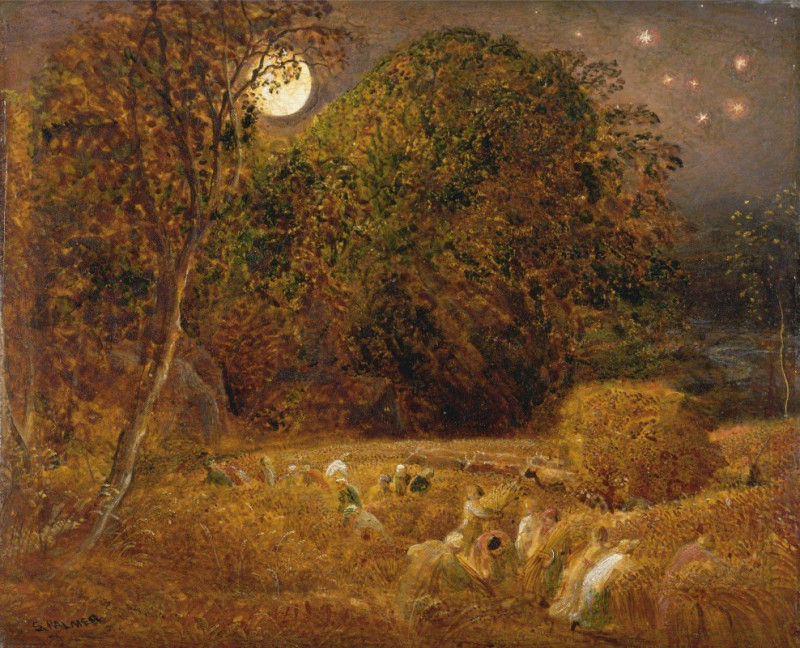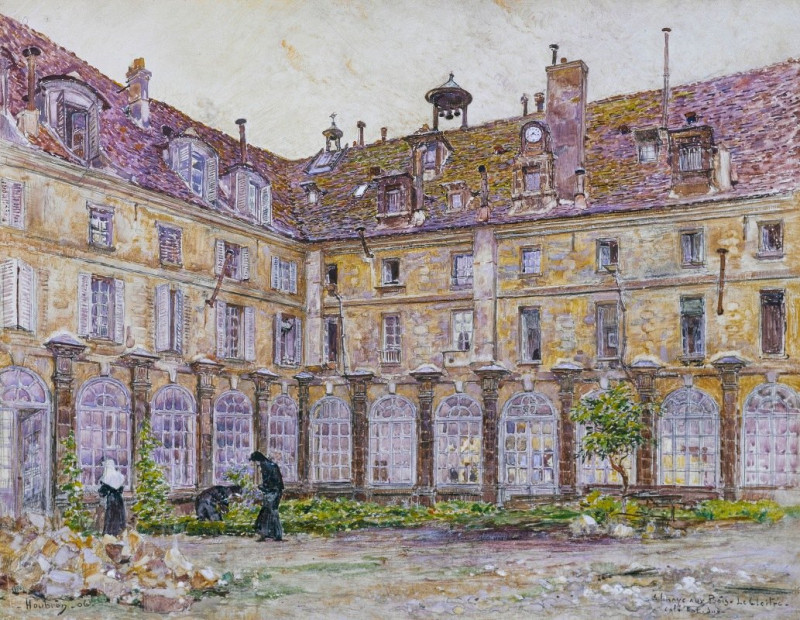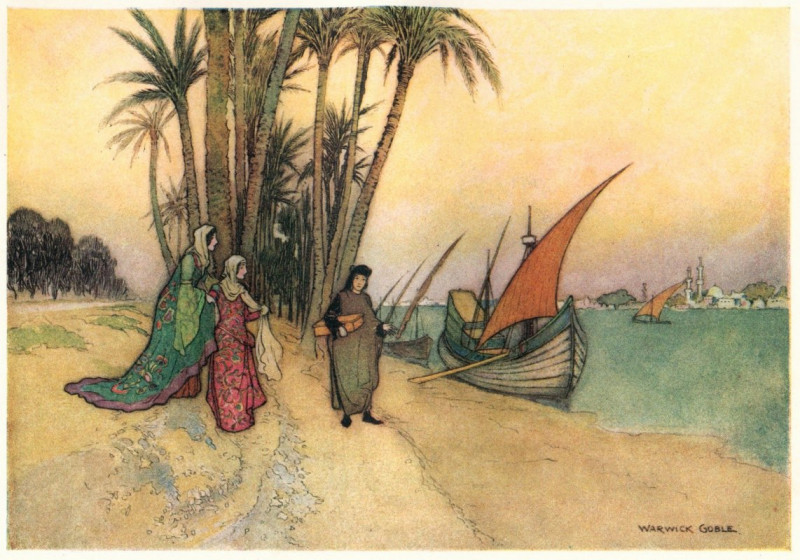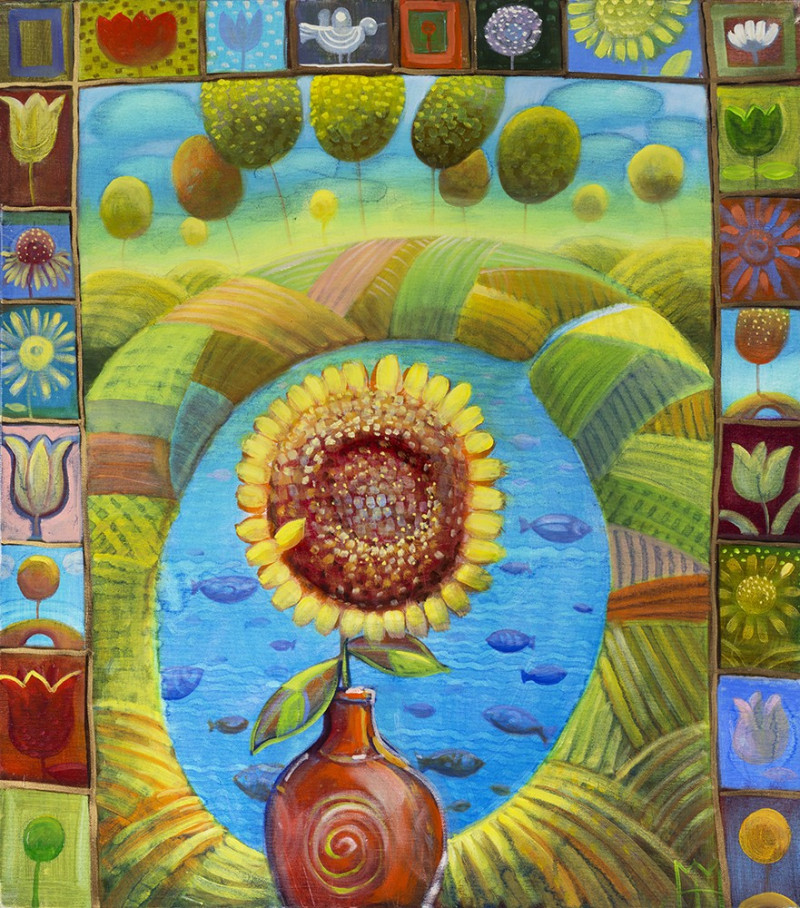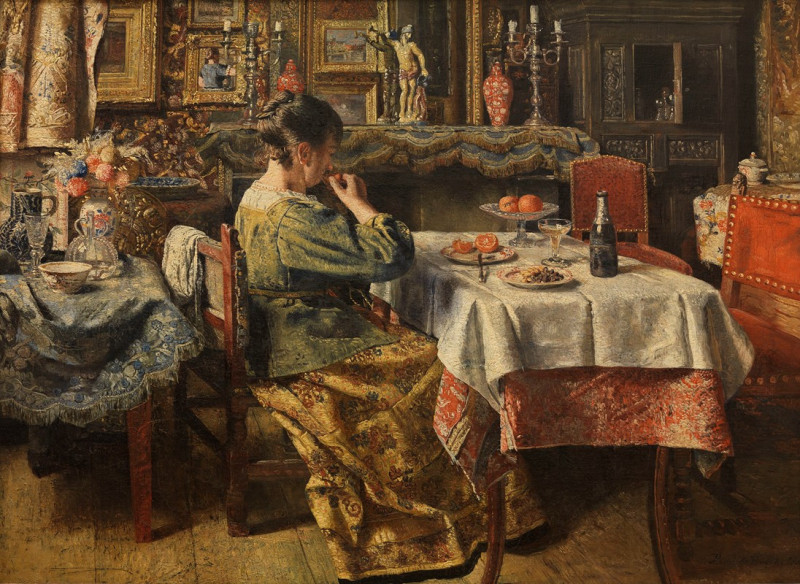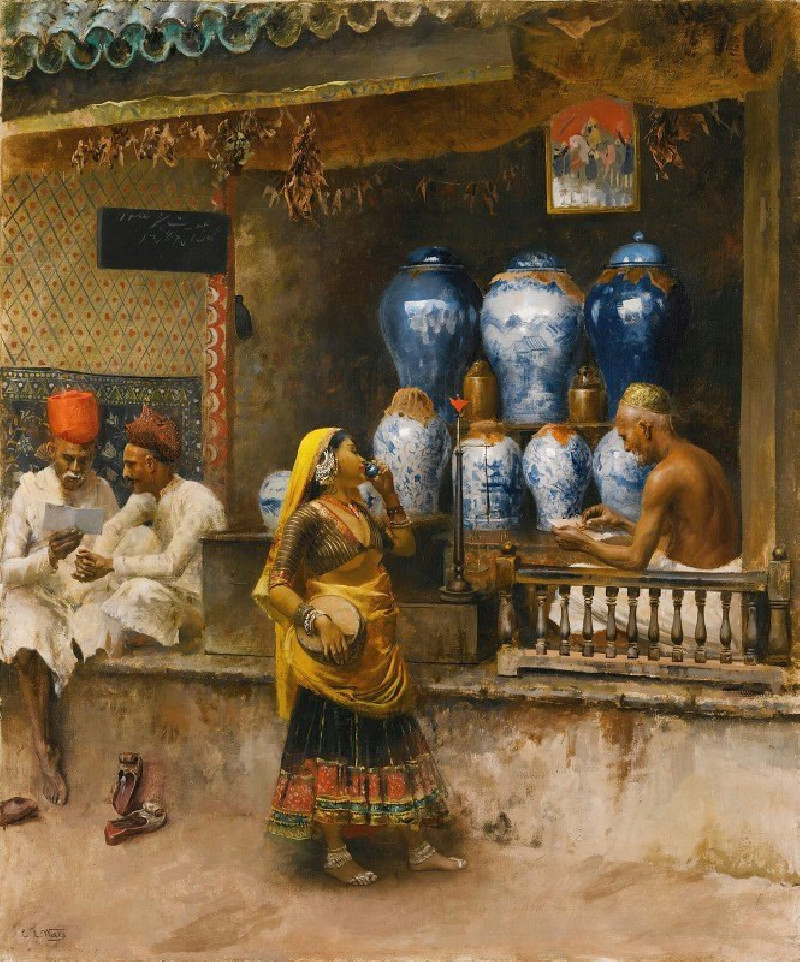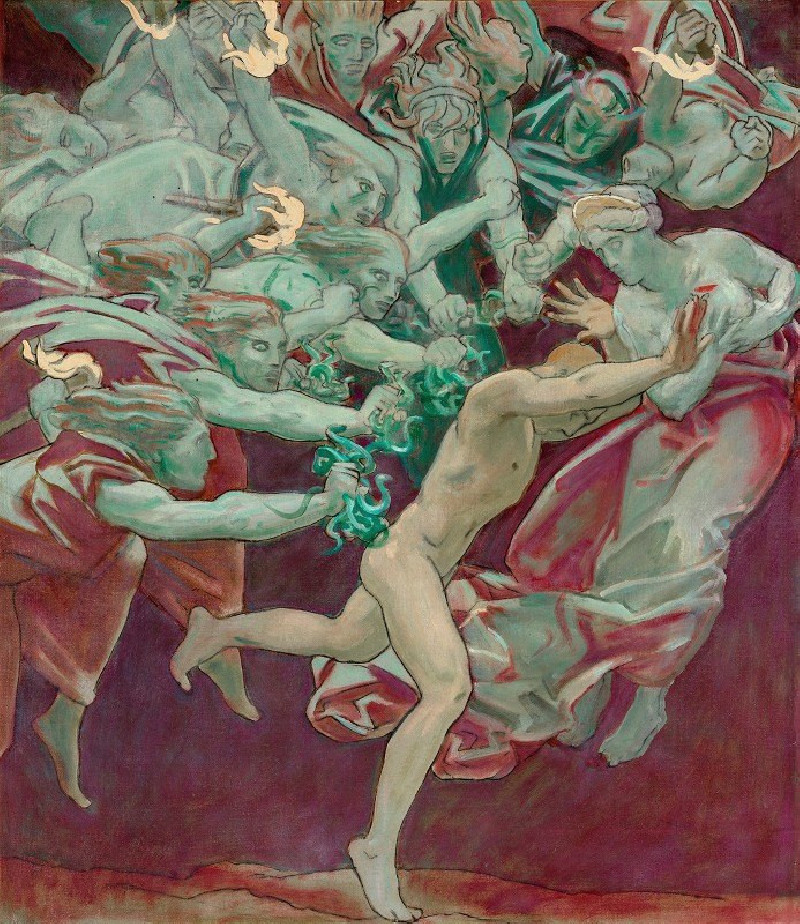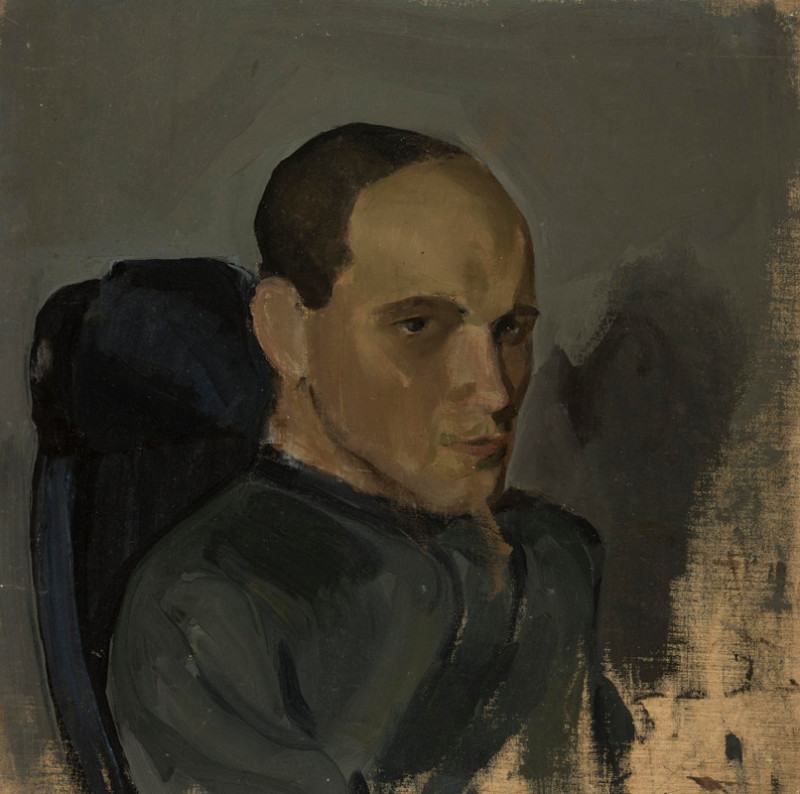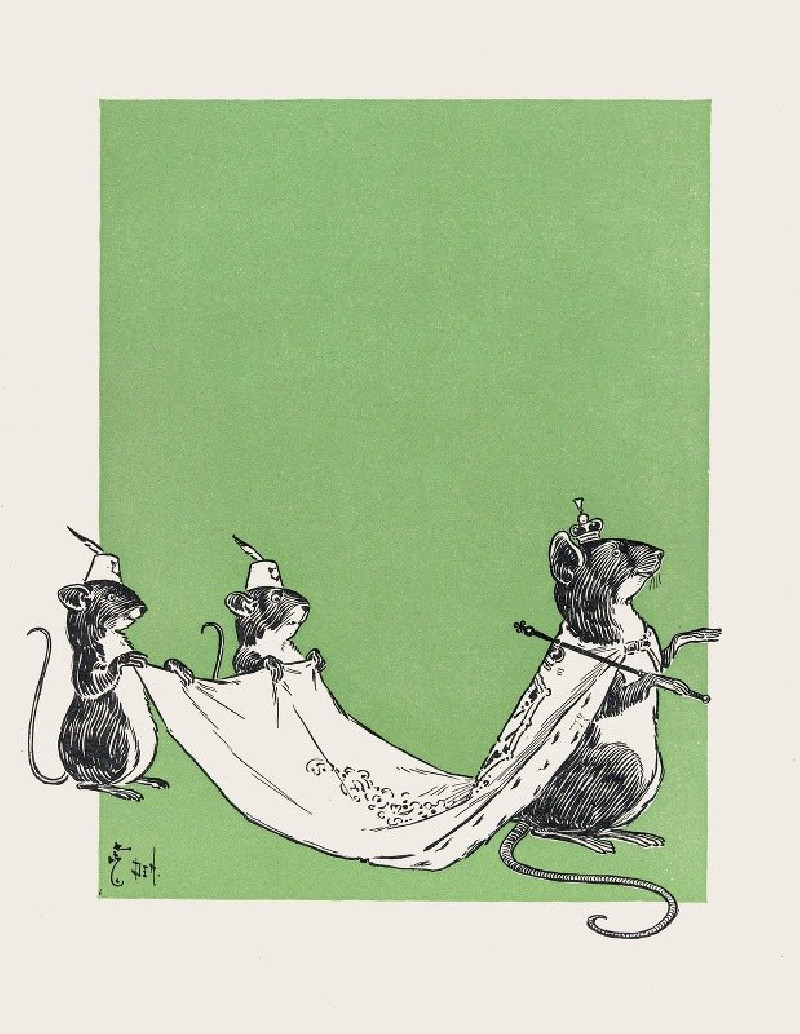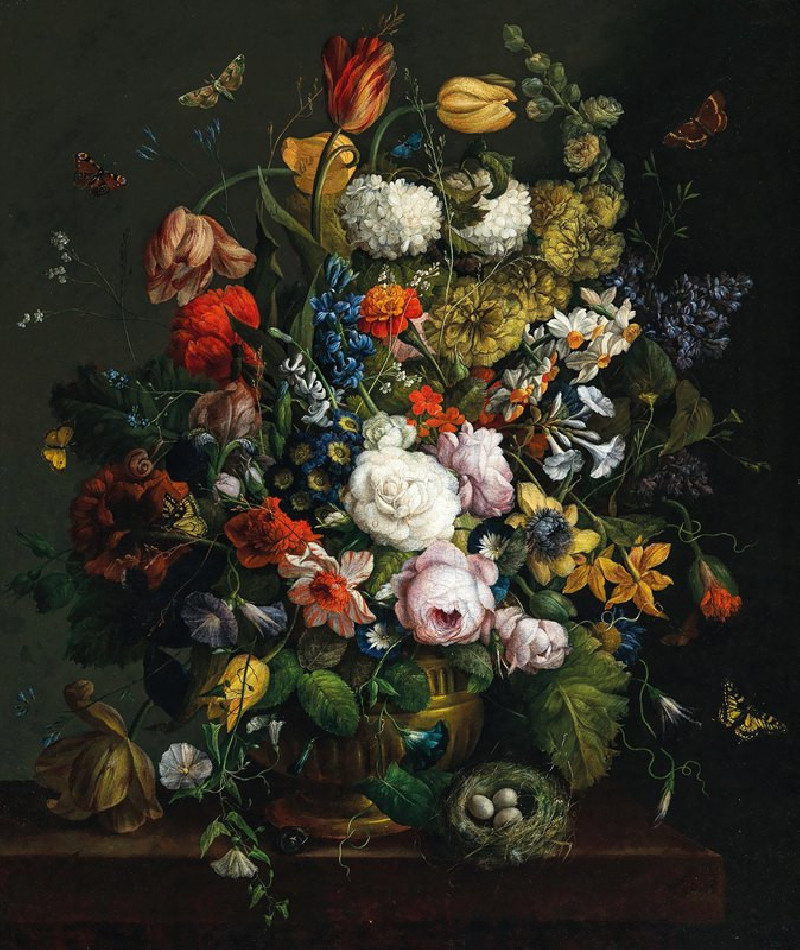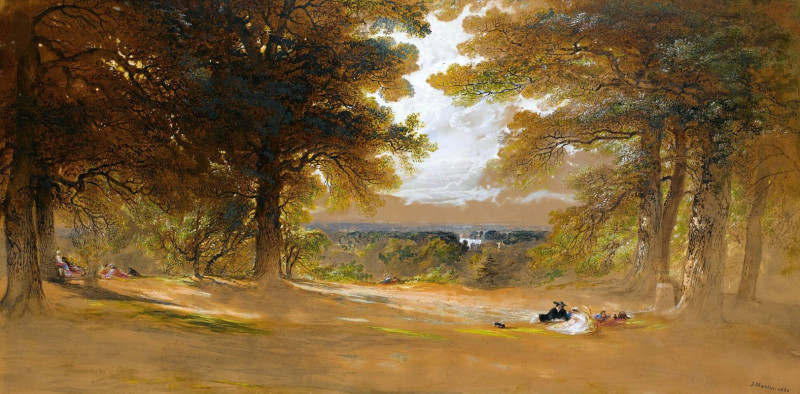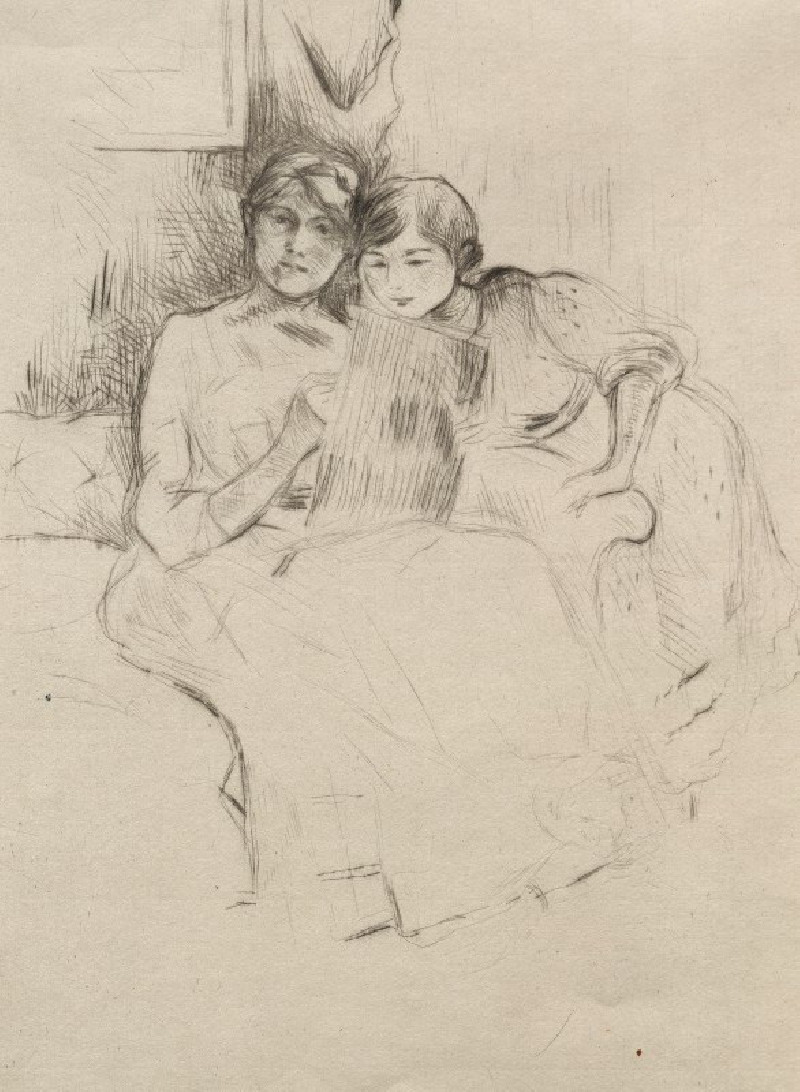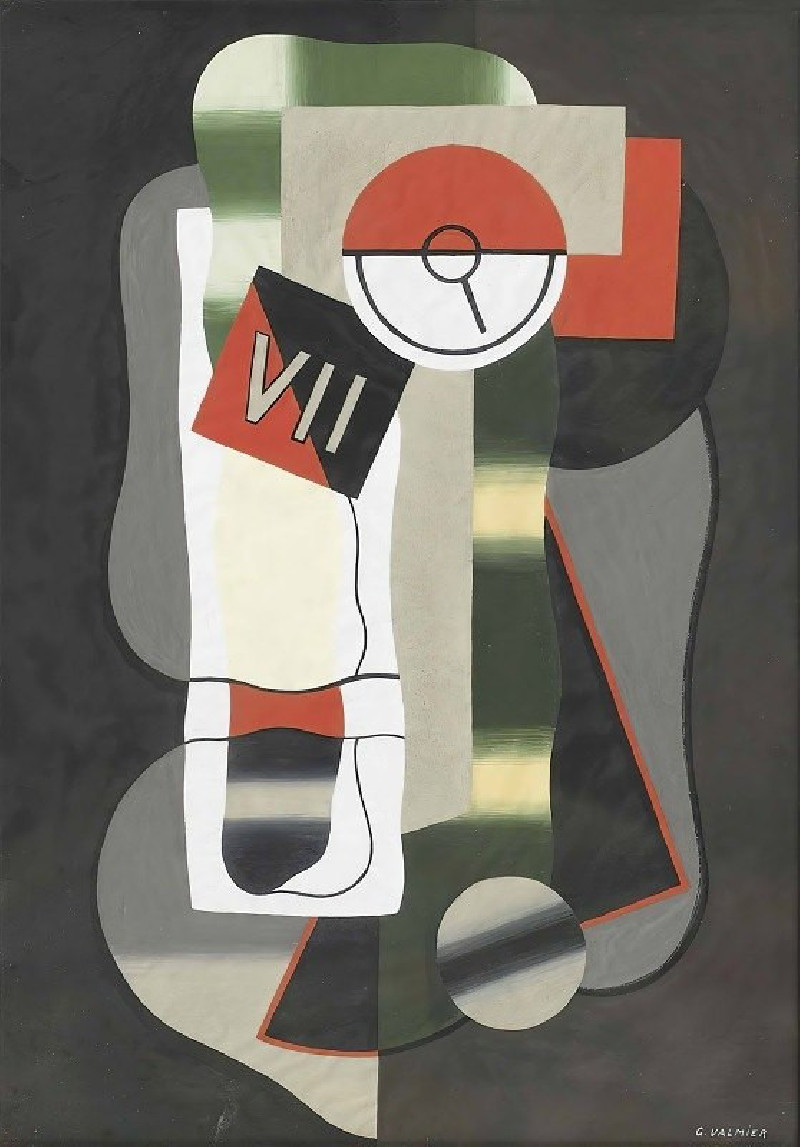Paralyse (ca. 1922)
Technique: Giclée quality print
Recommended by our customers
More about this artwork
"Paralyse" is a stirring piece by artist Karl Wiener, created around 1922, which encapsulates an expressionist interpretation of human vulnerability and emotion. This painting features a single, somber figure, portrayed in a standing, slightly inclined posture, which evokes a sense of hesitation or weakness. The figure's expression is particularly poignant; downturned mouth and eyes cast either in worry or resignation, encapsulating the painting's title and suggesting a theme of paralysis, whether physical, emotional, or social.Using bold contours and earthy tones interrupted by a rich blue, Wiener harnesses watercolor techniques to emphasize the stark contrast between the figure and its abstracted, minimalistic background. This contrast not only highlights the central motif but also deepens the emotional impact of the work. The jagged, almost aggressive application of the blue pigments on the figure’s garment adds a layer of texture and complexity, suggesting turmoil beneath the surface."Paralyse" invites viewers to reflect on the broader implications of the human condition and the invisible struggles that lie within.

